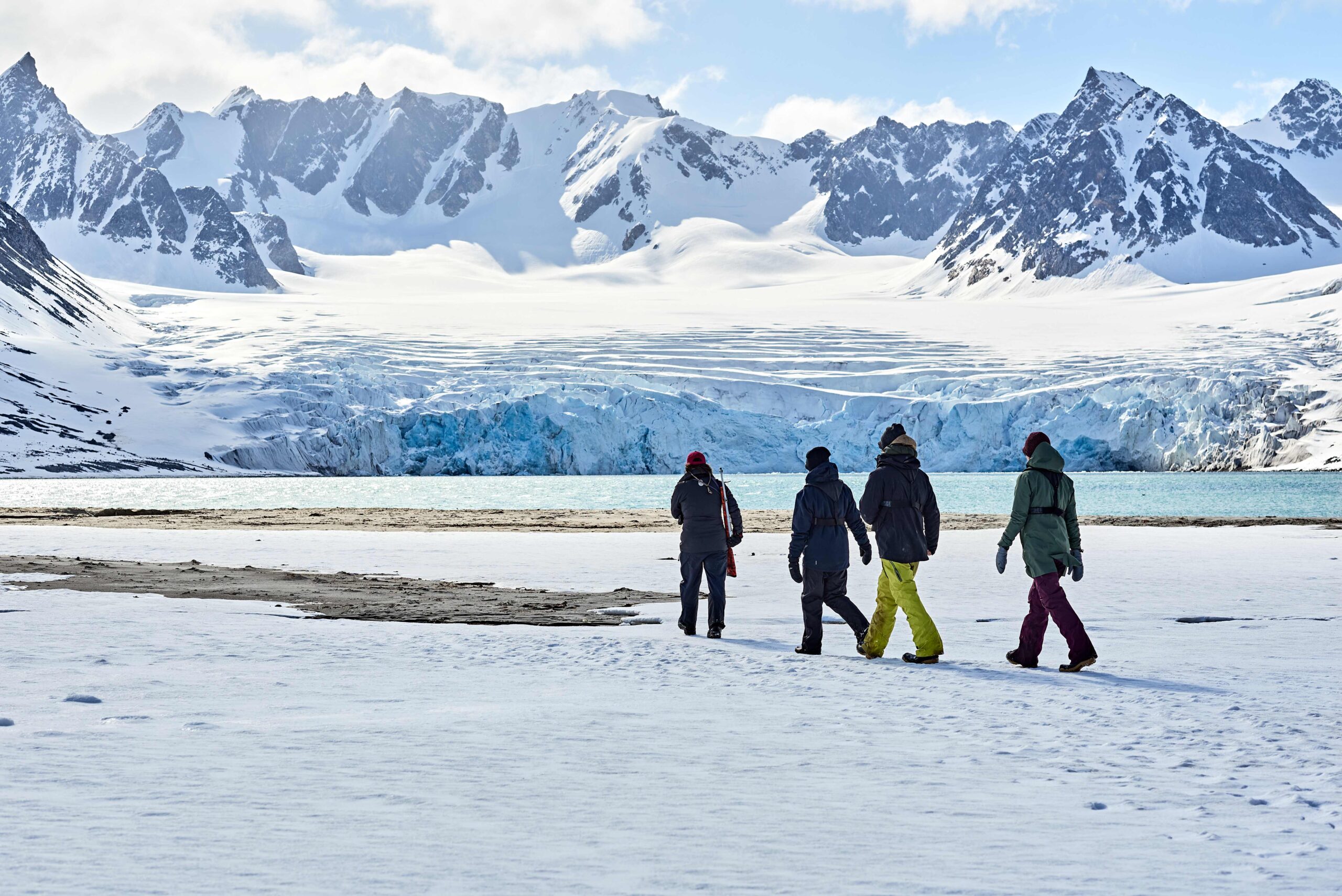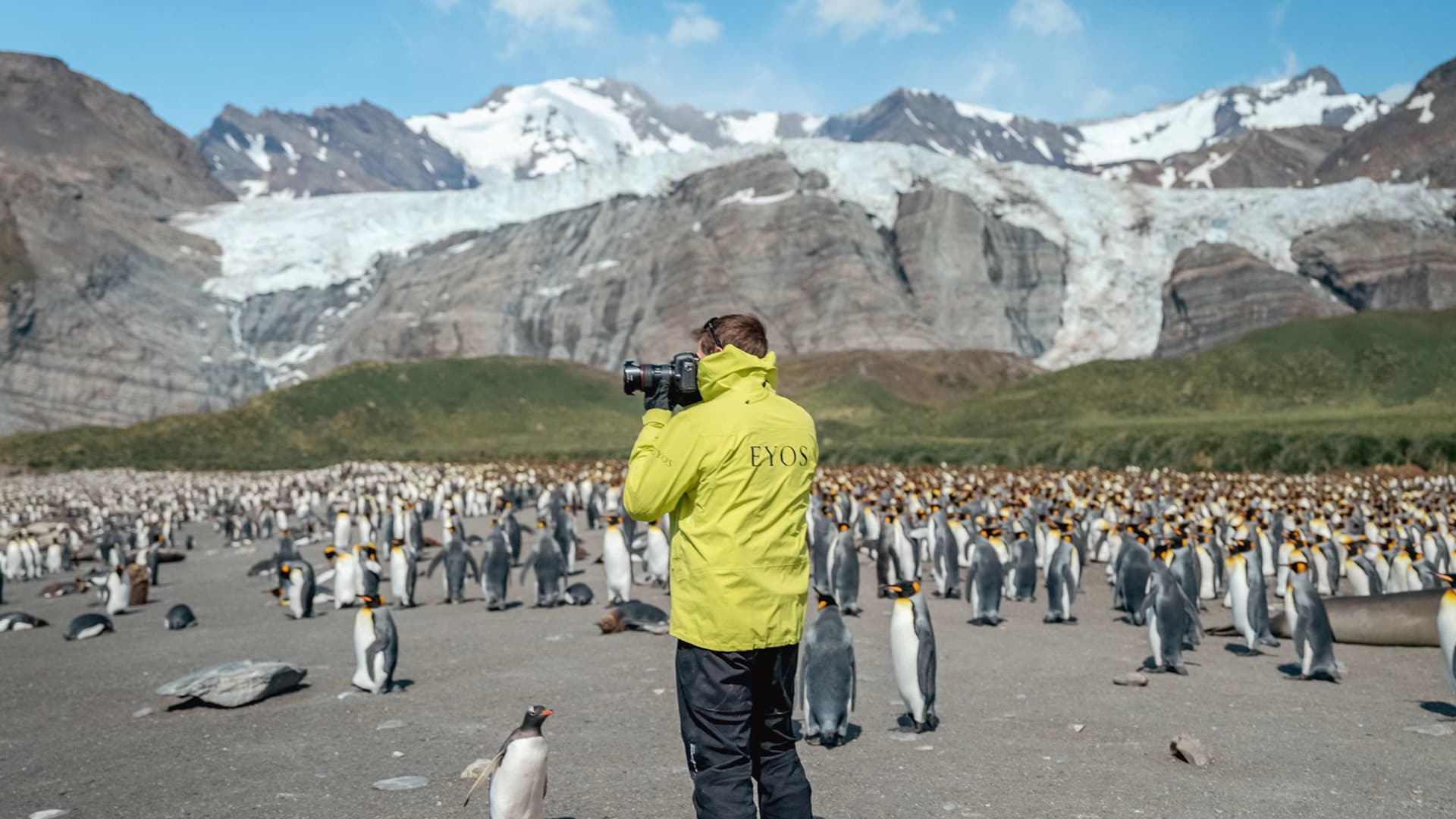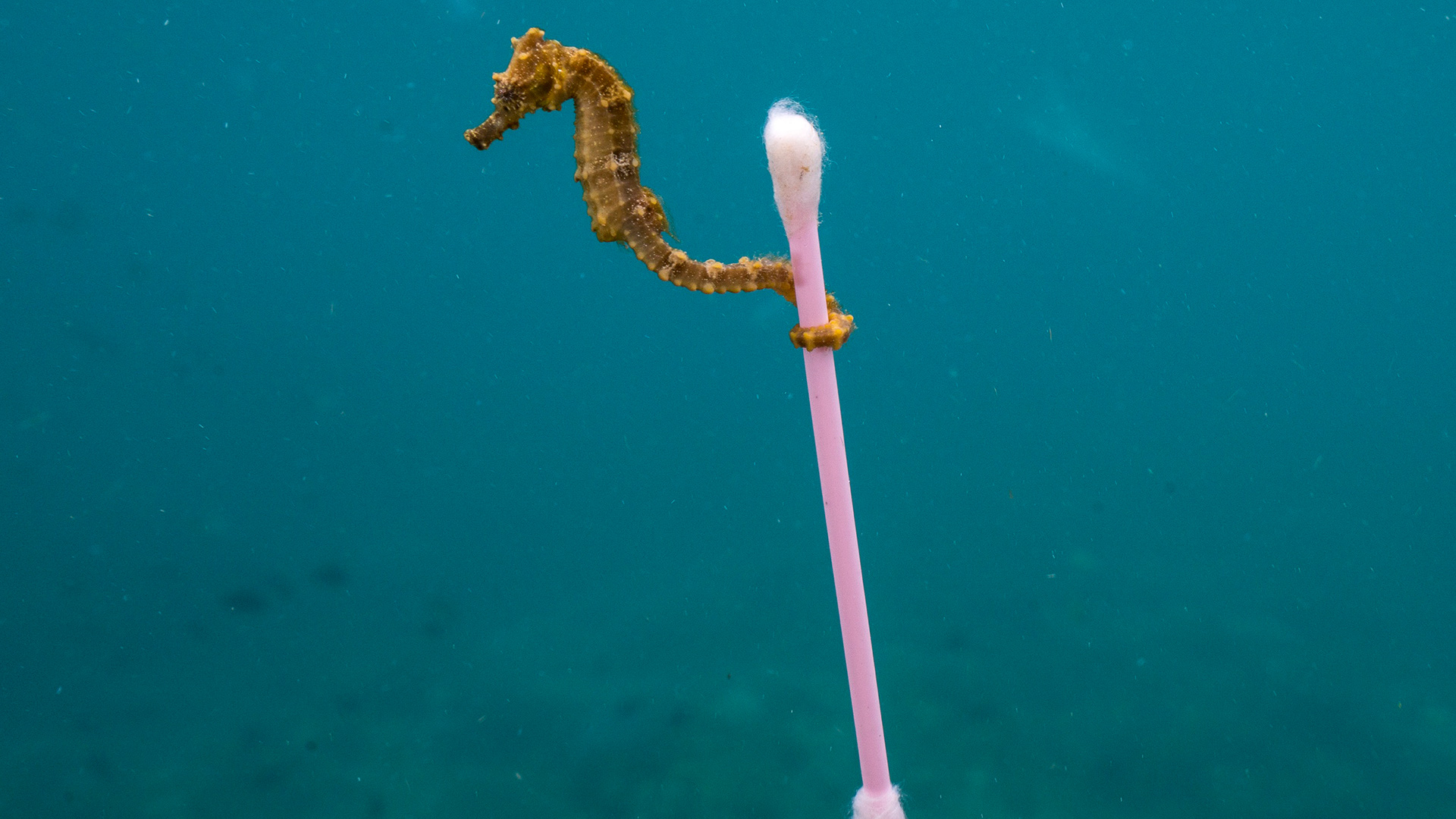Tucked in the high reaches of the Arctic, Svalbard is a photographer’s paradise with its unique blend of landscapes, wildlife, and human history. In the height of summer, the sun barely grazes the horizon, providing extended hours of soft and dynamic light that illuminates the captivating landscape of peaks and glaciers. What is more, the entire archipelago is teeming with exclusive Arctic wildlife. The interplay of light, surroundings, and subjects converges to create an unforgettable photographic experience. However, the Northern terrain poses its own set of challenges, requiring a distinct level of preparation for a photo expedition. Get ready for your own Arctic photo adventure with us to capture moments that will last a lifetime.
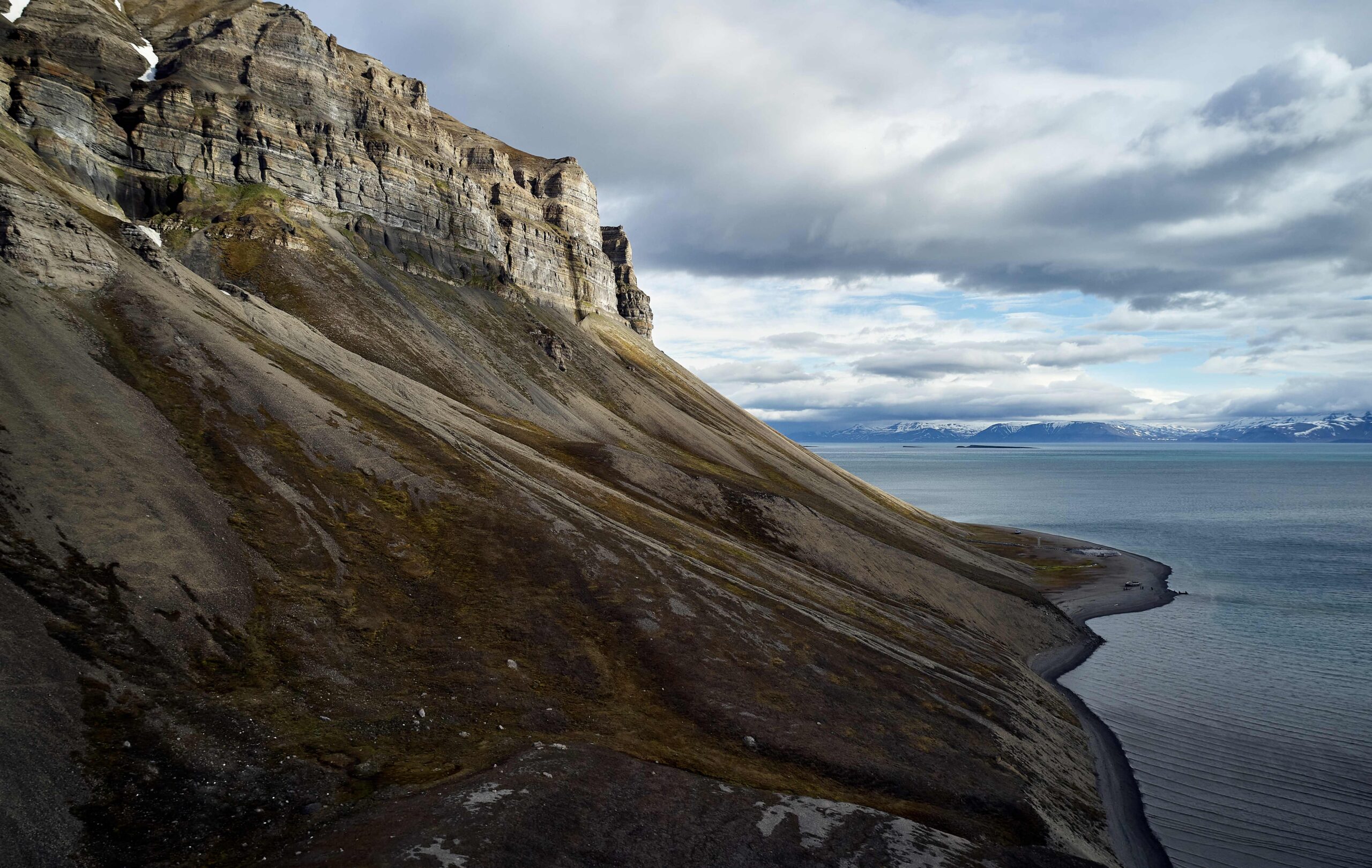
Mastering the Arctic Light
One of the best aspects of Svalbard as a photo destination is the dynamic light of the Arctic summer. The midnight sun of the high latitudes provides endless opportunities to experiment with different qualities and temperatures of light.
- Golden Hour & Polar Days: Use the extended golden hour to capture soft, warm light. Shoot during the long transitions between day and “night” for breathtaking colors in the sky.
- Enhancing Texture: Low-angled sunlight creates long shadows that emphasize textures in the snow and ice. Experiment with side lighting to add depth to your compositions.
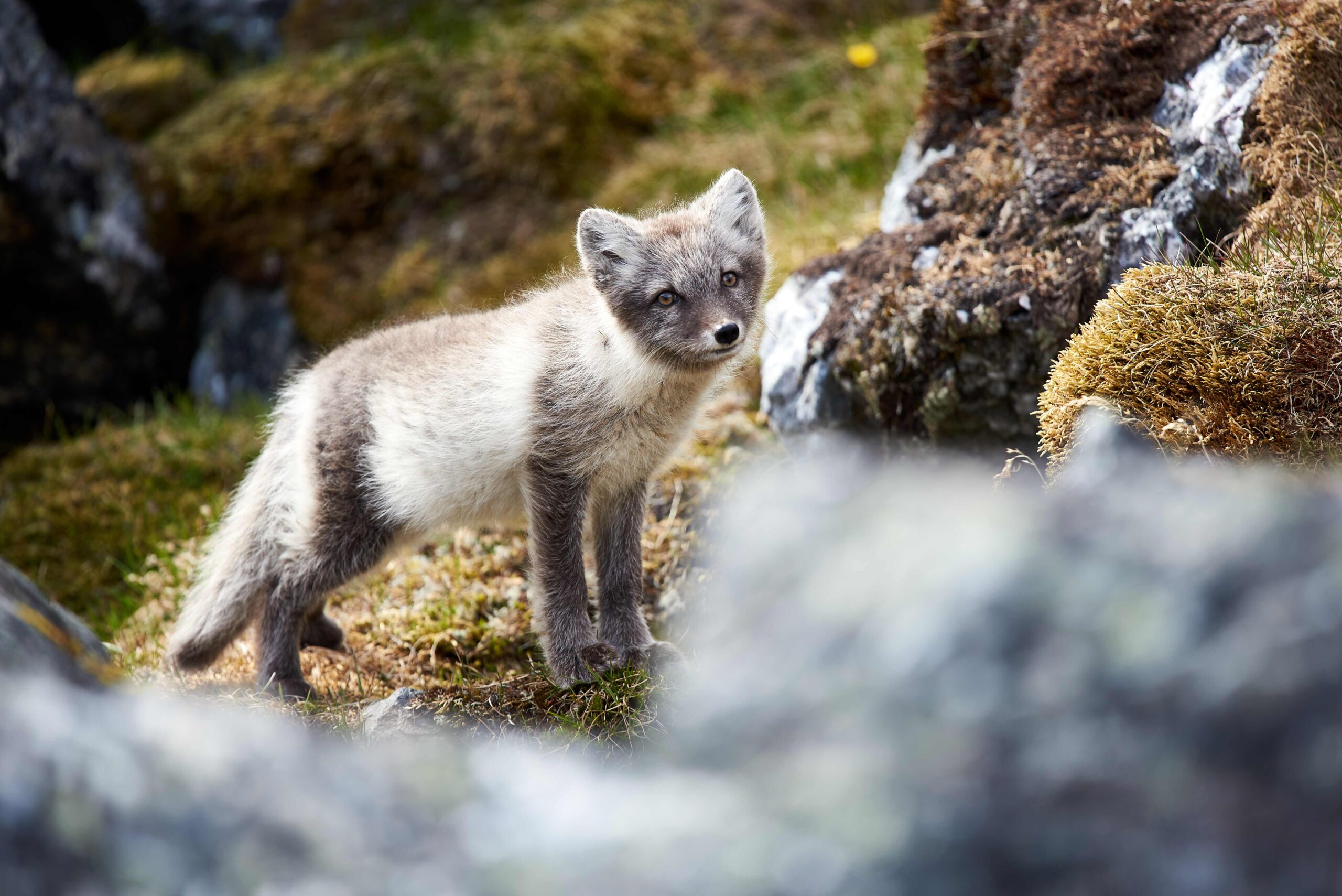
Capturing Wildlife
On both land and at sea, Svalbard is home to a mixture of wildlife that can be found nowhere else in the world. With over 15 marine mammal species and nearly 300 resident polar bears, it is a nature photographer’s dream destination. To capture the best story possible, you must be mindful of both your safety and the animals.
- Telephoto Techniques: Use a telephoto lens to capture detailed shots of wildlife without disrupting their natural behavior. Familiarize yourself with ethical wildlife photography guidelines to minimize your impact and keep a safe distance.
- Patience is Key: Wildlife encounters can be unpredictable; be patient and ready to capture spontaneous moments. Speak with your EYOS expedition guide to learn the behaviors and natural history of the animals to anticipate how they will interact with the landscape.
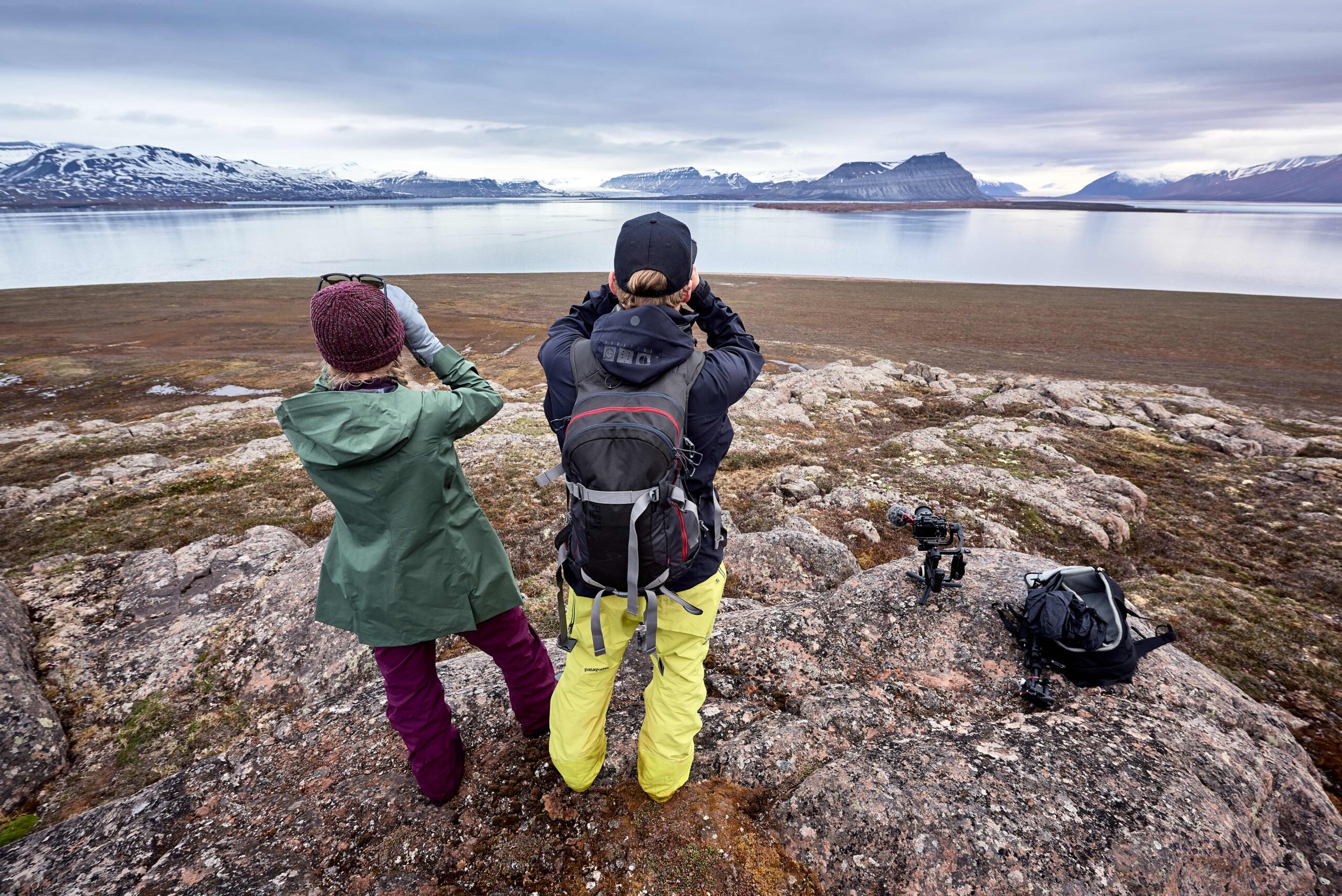
Landscapes that Tell Stories
The terrain of the high Arctic, with its glaciers, peaks, and fjords, is as dramatic as it gets. But how do you capture the scale and scope of a landscape so large and white?
- Foreground Elements: Use icebergs and glaciers as compelling foreground elements to add scale and drama to your compositions. Zodiacs or hikers are guaranteed to help here, both providing scale and adding depth to your image.
- Reflections: The surface of the water will almost always be nearby in Svalbard, which is perfect as it provides an additional element to work with. Capture reflections of ice formations in calm water for stunning, symmetrical images. This builds out your image and can make something that is flat and boring exciting and powerful.
- Seascapes: Explore the meeting points of ice and sea. Capture the contrast between the frozen landscapes and the open water for visually striking compositions.
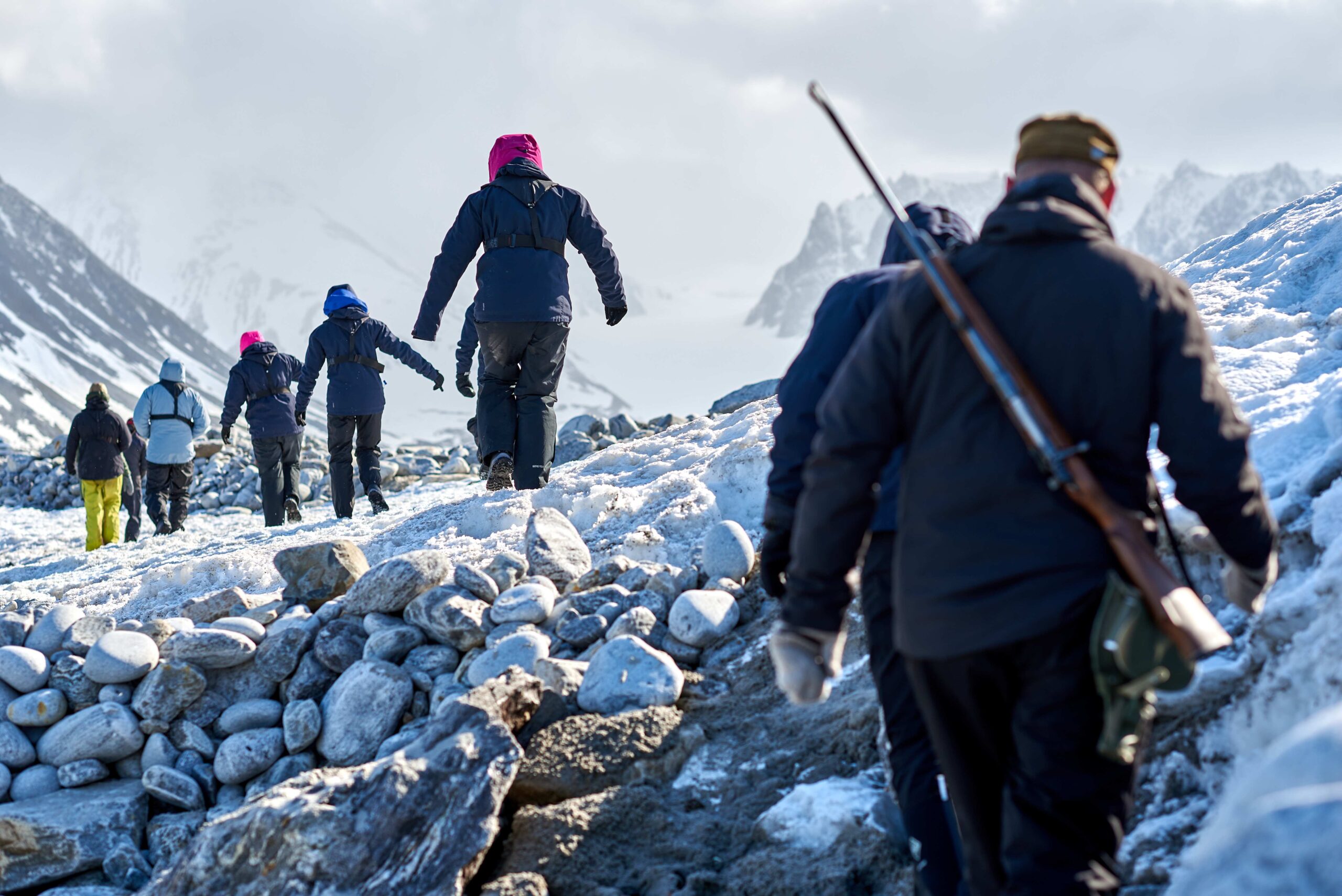
Handling Extreme Conditions
With the extreme conditions of an expedition to the Arctic, protecting equipment is crucial. Take precautions to protect your gear and prepare everything you need before going out into the field. There is nothing worse than seeing a beautiful photo with a dead battery or a forgotten lens.
- Battery Management: Cold temperatures drain batteries faster, so carry extras and keep them warm by storing them close to your body.
- Camera Care: Use camera covers to protect against snow and moisture. Allow your gear to acclimate to temperature changes gradually.
- Reducing Glare: Polarizers are useful for reducing glare from ice and water surfaces, enhancing color saturation, and capturing clearer images in harsh Arctic light.

Composition Tips
Composition is as critical as the subject matter. Luckily in the high Arctic, there are endless features to help you guide your story.
- Leading Lines: Incorporate elements like icebergs or mountain ridges to guide the viewer’s eye through the frame.
- Rule of Thirds: Compose your shots using this classic rule for a balanced and visually appealing result.
